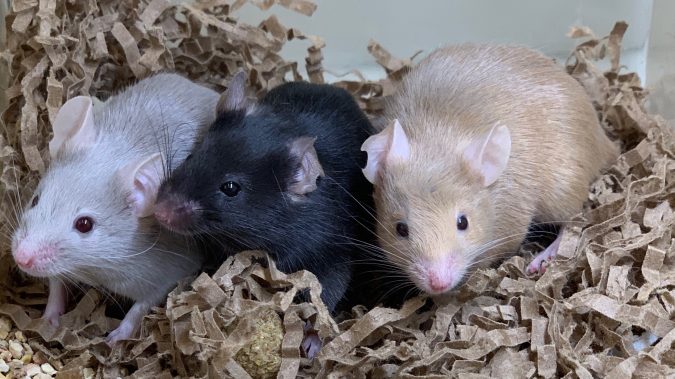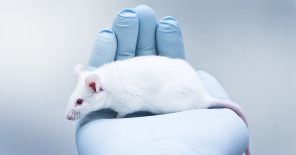
Netherton Syndrome
Netherton syndrome (NS; OMIM #256500) is a rare autosomal recessive disorder caused by mutations in the SPINK5 gene. It affects 1 in 200,000 newborns. SPINK5 encodes the serine protease inhibitor LEKTI, which regulates KLKs. Loss-of-function mutations in SPINK5 lead to exacerbated KLK proteolysis, affecting the skin, hair, and immune system. Symptoms vary but include red and scaly skin, fragile hair shafts, and atopic manifestations. NS can be life-threatening in infants but usually improves with age. Common issues include hypernatremic dehydration, recurrent infections, allergies, enteropathy, asthma, growth retardation, and neurological deficits. More info
Pathogenic mechanisms
Several organs co-express KLKs and LEKTI including those of the integumentary, respiratory, digestive, and immune systems. LEKTI and its fragments inhibit serine proteases KLKs. LEKTI deficiency in NS increases proteolysis in the skin, mainly by KLK5, KLK7, KLK14, and ELA2 (elastase 2) and is associated with excessive desquamation, inflammation, susceptibility to infection, allergy, and impaired barrier function.


